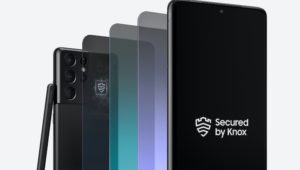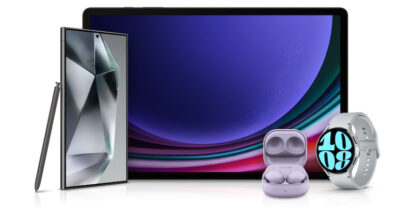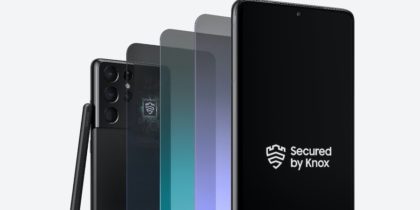Enabling a bring-your-own-device (BYOD) policy for employees can be beneficial for many organizations. Productivity often increases when workers are given the flexibility to use their preferred devices. In addition, workers who prefer not to be tied to their organizations’ device purchasing cycles are able to purchase the latest devices at their own pace.
But a balance needs to be struck between convenience and security. Mobile containerization is a key enabler of that. With such technology, organizations can allow users to access enterprise mobile apps and data in a secure manner — even where that data interfaces with back-end databases and directories — while still being able to use their own phones and tablets for leisure purposes. This containerization prevents corporate and personal data from becoming intermingled, protecting sensitive corporate data as well as user privacy.
Mobile containerization provides organizations with greater assurance over data security than simply securing the device itself. Even where strong authentication mechanisms are required to secure a smartphone at the device level, it can still be left open to data loss. A drive-by download, for example, can cause the device to be infected with malware that can steal data. With mobile containerization technologies, organizations can restrict which applications can be run in the secure work container, and they can limit functionality, such as copy and paste, within applications.
Discover Forrester's Mobile Security Playbook
Learn how to build a cross-functional group of security and ops staff for the best mobile strategy. Download Now
Containerization Separates Personal and Professional Data
Containerization creates a separate, encrypted area on the device that is insulated from other areas. It is sometimes known as an application “sandbox,” which is a highly secure environment in which applications can be run separately from the rest of the environment. Through such isolation, organizations can prevent anything unwanted, including malware, hackers or system resources, from interacting with the applications.
There are different types of mobile containerization technologies. Some run two or more instances of the Android operating system through use of hypervisor technology. But this option is not always preferred because device performance and battery life will degrade due to the two operating systems running simultaneously. For many users, battery life is already a touchy subject. An alternative method is to run multiple app containers on the same operating system, albeit in separated environments.
When selecting a mobile containerization technology, one consideration is that it should work with other controls such as mobile device management (MDM) technology, or even newer, more fully functioned enterprise mobility management (EMM) controls. These will ensure that the organization is able to enforce the use of strong authentication and encryption and to remotely lock or wipe devices that are compromised. One of the benefits of deploying MDM technology is that it can wipe data from lost or compromised devices selectively, so that just the work container is wiped, with personal data left untouched.
Security Remains Highly Important
Another consideration is the other BYOD security controls that are included in security management software. Samsung KNOX, for example, offers a highly secure containerization technology that runs on a single operating system. It incorporates BYOD security controls through the stack from the hardware, through the secure TrustZone, up to the applications themselves.
Containerization is available for free in the form of My KNOX for those who wish to secure sensitive documents on their device, whether or not those are work related. It is also suited for those who don’t want to get the IT department involved. This can also be great for small businesses that don’t have an in-house IT function and anyone working in a BYOD environment. It allows for data encryption, secure file storage and safer browsing and app access. For more complex enterprise needs, KNOX Workspace provides a higher level of mobile security, including compatibility with many MDM systems and a free, cloud-based EMM capability. It’s certified for use in even highly regulated and high-security environments.
As smartphones and tablets continue to proliferate, they are becoming the devices of choice for many users. This has not escaped the notice of attackers, who are increasingly seeing mobile devices as potential targets. Everyone should take precautions to protect their sensitive data, whether it be personal or work-related files that must be kept confidential. Mobile containerization provides an ideal solution that gives users and organizations peace of mind that all of their sensitive data is protected.
Need a powerful and free containerization app to separate your work and personal data? Take a look at the infographic below for five reasons to consider My KNOX.
5 Reasons to Use Samsung My KNOX to Protect Your Data from Samsung Business USA











